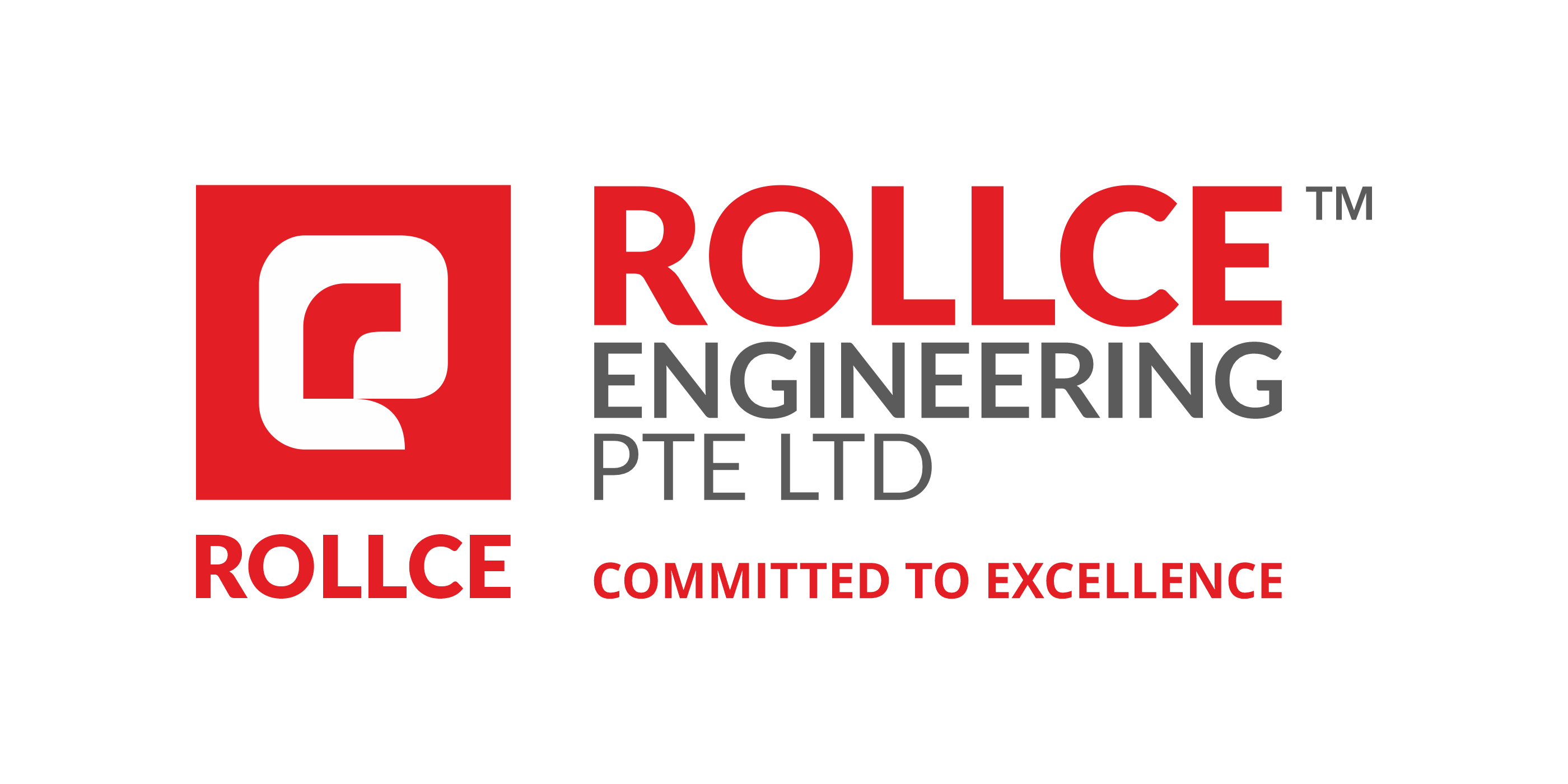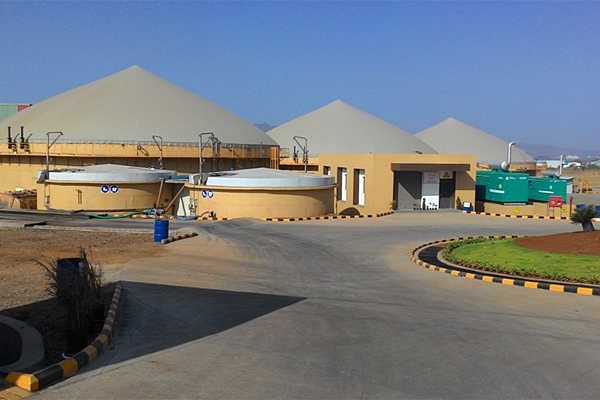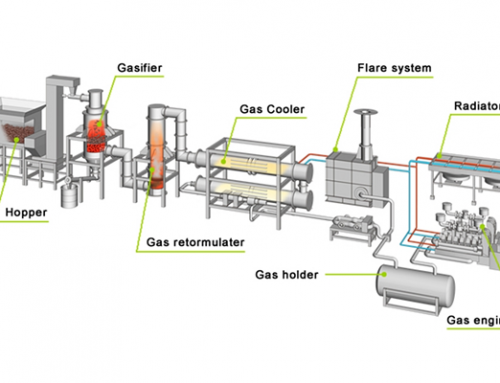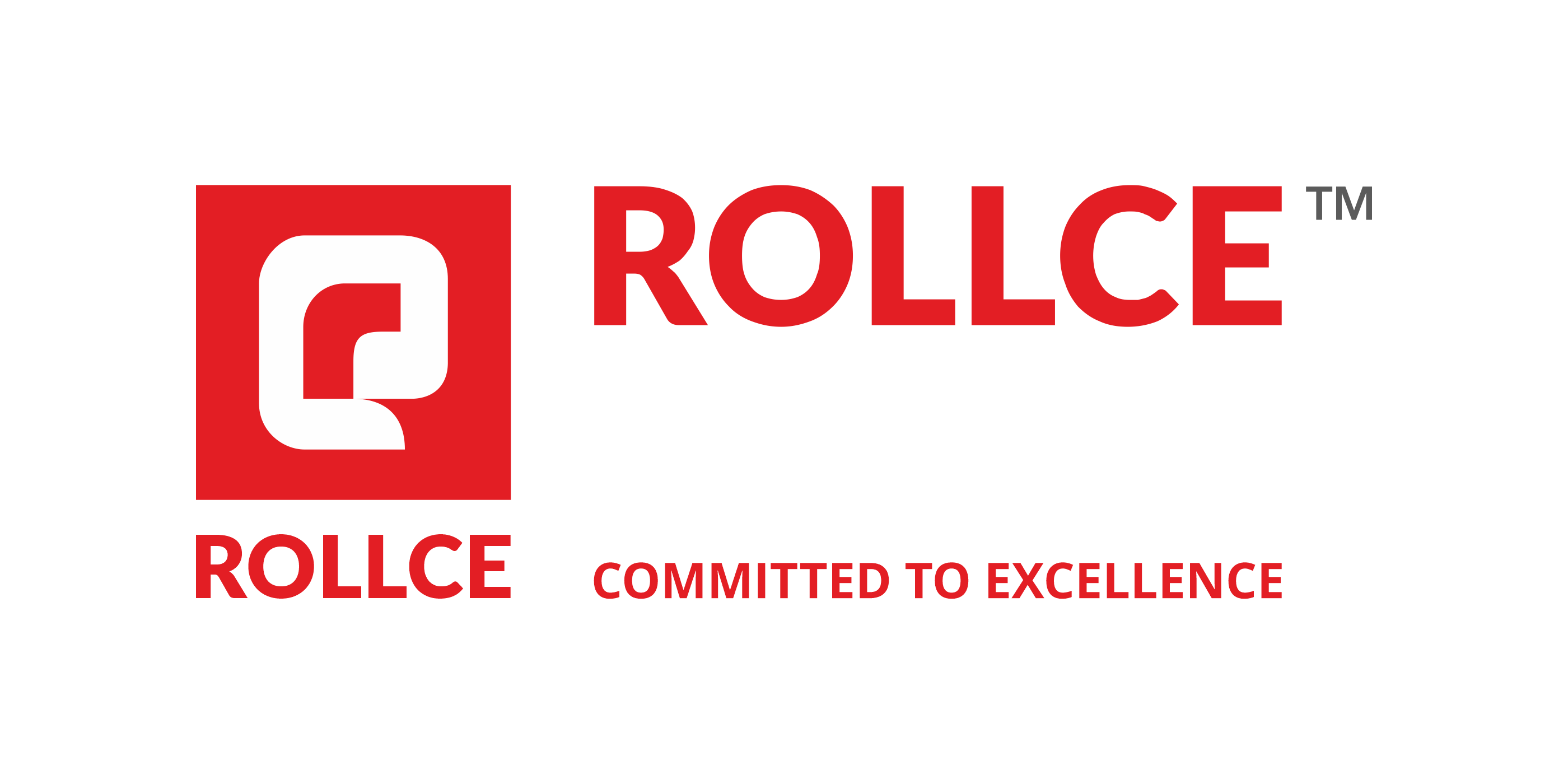Waste Water To Power Generation
WASTE TO ENERGY
Product Overview
Most waste-to-energy plants burn municipal solid waste, industrial waste or hazardous waste. A modern, properly run waste-to-energy plant sorts material before burning it and can co-exist with recycling. The only items that are burned are not recyclable, by design or economically, and are not hazardous. Waste-to-energy plants are similar in their design and equipment to other steam-electric power plants, particularly biomass plants. First, the waste is brought to the facility. Then, the waste is sorted to remove recyclable and hazardous materials. The waste is then stored until it is time for burning.
A waste-to-energy plant is a waste management facility that combusts waste to produce electricity. This type of power plant is sometimes called a trash-to-energy, municipal waste incineration, energy recovery, or resource recovery plant. Another application for Waste to Energy is treating Waste Water/Effluent water to generate Bio-gas and from Bio-gas to Power. Biogas is produced from the anaerobic digestion of the effluents in Waste Water treatment and could be used to generate renewable power.
The major advantages of these schemes are:
- Biogas is a renewable energy that will globally lower CO2 footprint, as fossil fuel consumption will be reduced.
- Biogas production can reduce the pollution potential in wastewater by reducing the oxygen levels required by the organic matter. Nutrients like nitrogen and phosphorous are conserved in the digestate, which is the material remaining after the anaerobic digestion. This can then be used to displace fertilisers in crop production and can also be turned into compost.
- Bio-gas can be used to generate power as well as can be fired in steam boiler to generate Steam or Hot Water, and that Steam or Hot water can also be used to generate Chilled water through Vapor Absorption chiller, which can be used for process or comfort cooling. Hence making the overall system more efficient.
Capacity
50 kw to 5 Mw






Leave A Comment